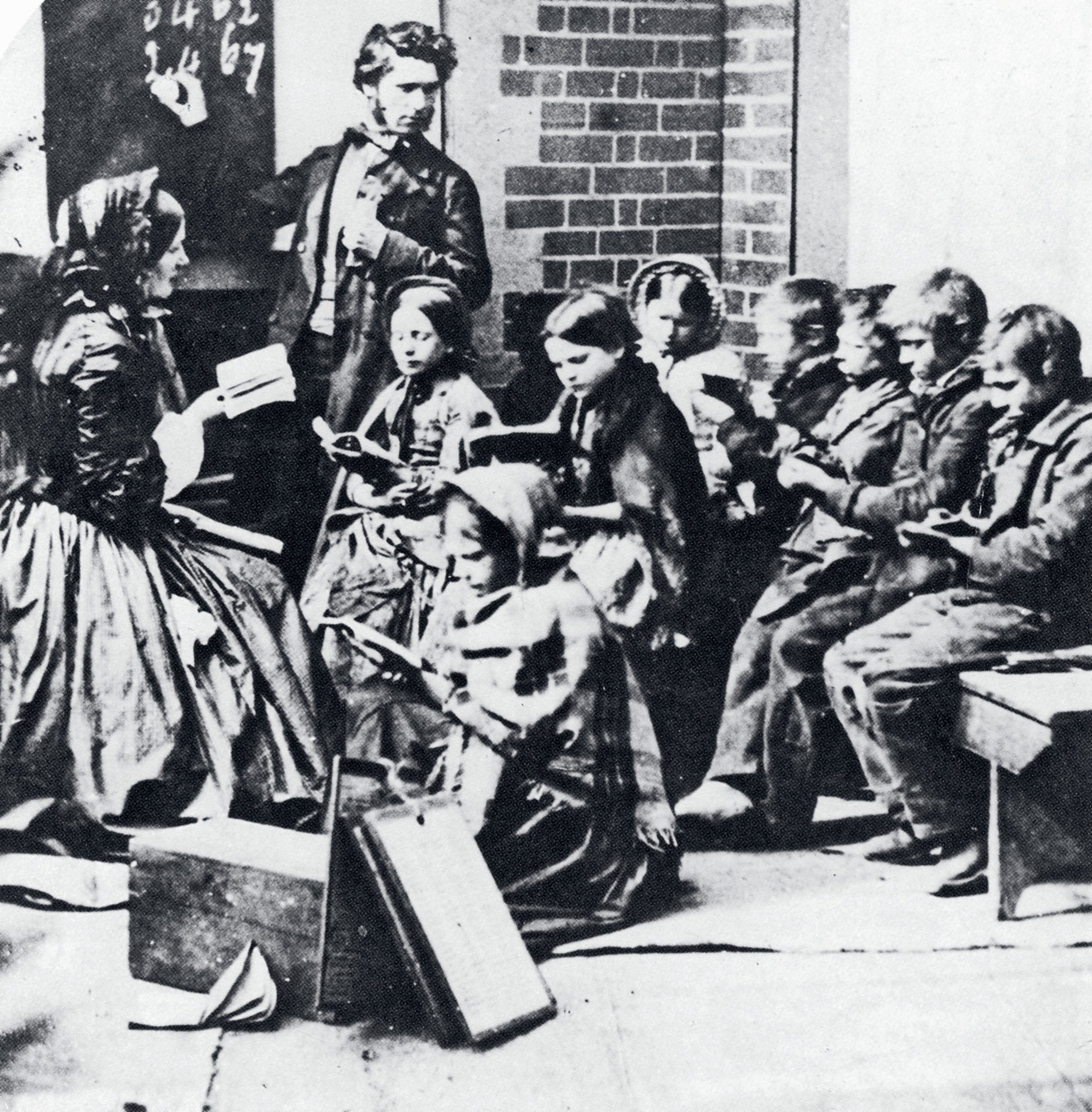
By the mid-nineteenth century, the transformation of Britain from a predominantly agricultural to a manufacturing society was irreversible. The change had brought huge wealth to some, increased prosperity to many and squalor to the residue who were particularly vulnerable to fluctuations in trade. A by-product of this revolution was the representation in literature of the dramatic consequences of this upheaval. Writers in droves sought to inform, alarm and arouse the indignation of a public that, since the French Revolution, had become increasingly anxious about the mayhem that a discontented underclass might threaten.
Dickens’s Hard Times (1854) is often bundled up with other ‘condition of England’ novels — a phrase taken from an 1839 essay by the essayist and historian Thomas Carlyle, which attacked the increasing materialism of the middle classes and warned of the consequences of poverty among the workers. Elizabeth Gaskell, Charlotte Brontë, Benjamin Disraeli, Charles Kingsley and Dickens himself are only the better-known names among many who addressed the social consequences of industrialisation.
Your organisation does not have access to this article.
Sign up today to give your students the edge they need to achieve their best grades with subject expertise
Subscribe




